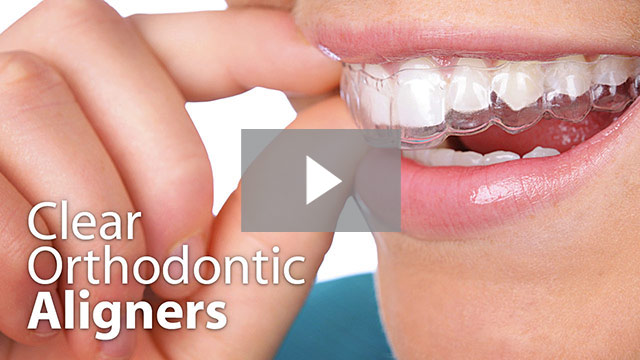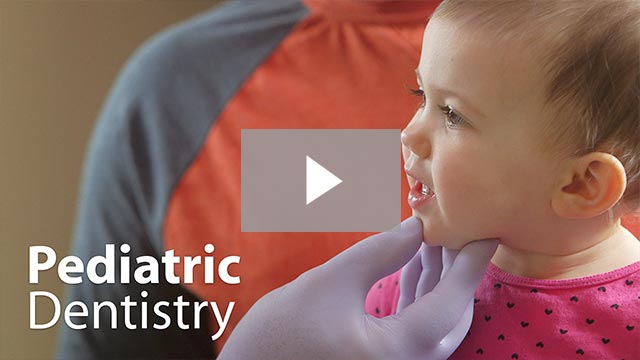
Periodontics
Periodontics is involved in the prevention, diagnosis, and treatment of periodontal diseases that affect the gums and supporting structures of the teeth (the gums, cementum, periodontal ligament and the alveolar bone).
The main cause of periodontal disease is the bacteria in dental plaque that constantly accumulates on your teeth. Toxins released by the bacteria damages the tissues in the gums and the bone surrounding the teeth.
Gingivitis, an infection of the gums, is the earliest stage of periodontal disease. Early symptoms include swollen, inflamed and bleeding gums.
Since gum disease is usually painless and develops slowly, a person may not be aware of the disease until it becomes severe. During the advance stage of the disease (Periodontitis), the supporting tissues and bone surrounding the teeth are already affected and can cause teeth to become loose. Eventually, periodontal disease leads to tooth loss.
Another reason to be most concerned about periodontal disease is its effects on a person’s health. Researchers are now studying the relationship of periodontal disease, particularly the bacteria in the mouth, to the development of heart disease, diabetes, premature births and respiratory conditions.
Treatment for periodontal disease available at our clinic include:
- Scaling and Root Planning
When gum disease has set in, an ordinary cleaning will no longer be enough to stop the progress of the infection. Scaling and Root Planning is the first line of treatment for periodontal disease. It is minimally invasive and non-surgical.Periodontal scaling is an extensive and time-consuming form of cleaning that uses special handheld instruments to remove the plaque and tartar that are causing the infection below the gum line. Root planning, on the other hand, cleans the root surfaces to allow the gums to heal and reattach to the tooth. - Pocket Reduction Surgery
As periodontal disease advances, the patient’s supporting tissues and bones are gradually destroyed. “Pockets” are then formed around the teeth that become deeper and bigger over time. Bacterium that causes periodontal disease lives, accumulates and thrives in these “pockets.”Deeper pockets are more difficult to clean. This is the reason why it is important to be reduced with surgery.During the Pocket Reduction Surgery, the gum tissue is folded back to allow the dentist to remove the disease-causing bacteria. After it is cleaned, the gums are secured back into place. - Gum Graft Surgery
Gum Graft Surgery is a procedure that covers the exposure of tooth roots (due to excessive gingival recession) with gum tissue to prevent additional recession and bone loss. The procedure also reduces tooth sensitivity, protects the root from decay and improves the esthetics of the patient’s smile.During the surgery, soft tissue graft is taken from your palate or other areas in the mouth to cover the exposed root. This can be done to one tooth or several teeth at the same time. - Bone Graft Surgery
A bone graft surgery is indicated when the bone supporting your teeth has been destroyed due to periodontal disease. The graft can help reverse some of the damage by regenerating lost bone and tissue.During the procedure, the gum tissue is folded back and the disease-causing bacteria are removed. Membranes, bone grafts or tissue-stimulating proteins are then placed/implanted to stimulate regeneration of bone and tissue. - Crown Lengthening Surgery
Crown Lengthening Surgery reduces and reshapes gum and bone tissue to expose more of the natural tooth.This procedure can be a cosmetic solution for people with “gummy smiles.” It can also be done for teeth that are of normal length but are covered with excessive gum tissue. Crown lengthening may also be necessary for restorative purposes where there is insufficient tooth structure to accommodate a crown or bridge.

Follow us on Social Media
Copyright 2018, Affinity Dental Clinics. All Rights Reserved.







